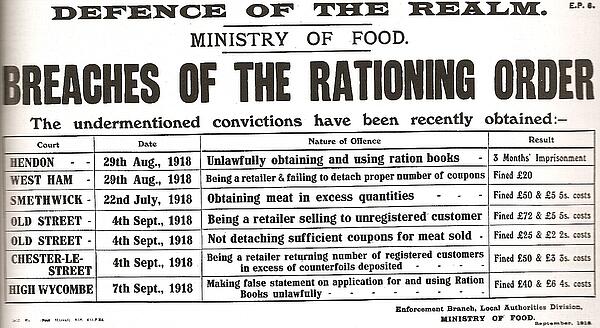Children and Food
Rationing was introduced to Britain during World War Two. The British population was divided into three categories: adults, pregnant women and children. The ration allowance for each category was tailored to their nutritional requirements, so children and pregnant women were given extra milk.
Lord Woolton, the Minister of Food was tasked with overseeing rationing and ensuring the population were getting enough food. Woolton kept food prices down by subsidising eggs and other items. He also promoted recipes that worked well with the rationing system.
The Ministry of Food (MoF) produced pamphlets containing recipes perfect for children and food rationing. One of them was entitled “Your Children’s Food in Wartime”.

The leaflet encouraged parents to provide their children with good food that would meet all their nutritional needs. In the first section, parents were advised that milk is vital for strong bones and healthy teeth. This meant milk should be a priority in a child’s diet.
Cheese was also recommended and the MoF suggested that all children over the age of two should receive a full ration. Eggs were also highly recommended and for children above the age of six, the MoF suggested eggs be substituted with liver or oily fish.
The MoF also encouraged parents to feed children their whole ration of meat and warned that other members of the family should not eat the child’s ration. Fish should also be eaten once or twice a week according to the leaflet.
Parents were also advised on “good food habits” which would set a good example to children and encourage them to eat the less appetizing meals. If parents wanted their children to eat healthy food, they were reminded to eat it themselves and to present the food well.
See also: The Black Market
MLA Citation/Reference
"Children and Food". HistoryLearning.com. 2024. Web.
